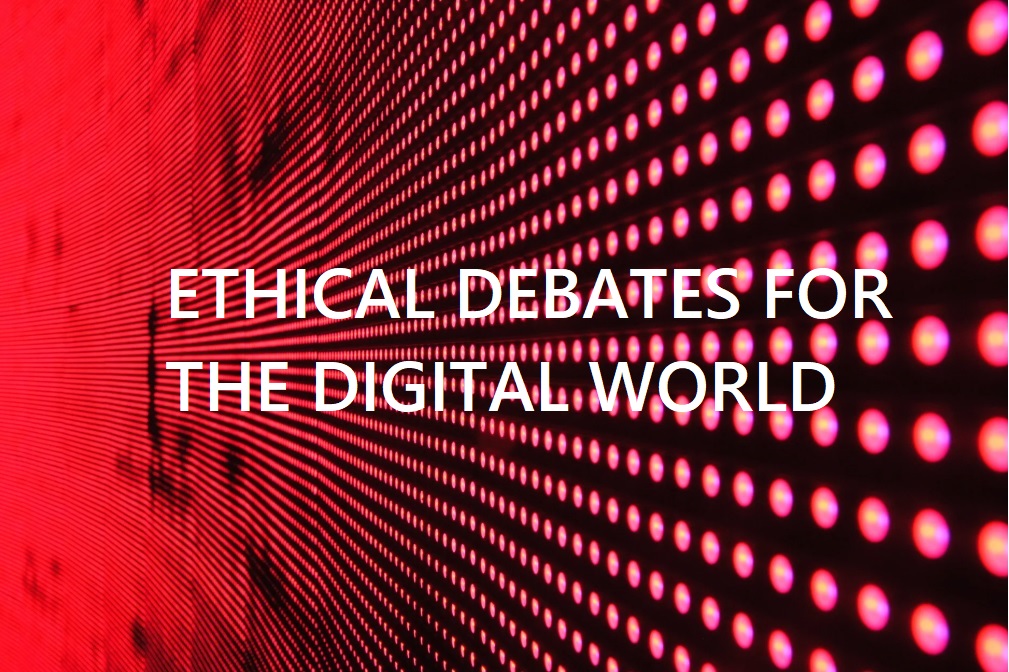Modern IT environments are changing at warp speed, and with this change comes opportunity and risk. In order to survive and break new ground in an increasingly volatile ecosystem, one where cyber risks are the order of the day, enterprises need to adapt. And they need to adapt fast.
Modern predicaments call for modern solutions, and there’s none better at helping IT ecosystems adapt faster than a certificate manager. Here’s why.
1. Top-Tier API Security
Modern software architecture has long been a soft target for cybercrime. That’s because it’s primarily hinged on APIs, the components that enable seamless communication between different systems and fuss-free data exchange. For all their perks, APIs aren’t entirely secure, especially when the certificates and cryptographic keys used to identify them are managed manually. Between their sheer number and inherent programming complexities, it’s hard for APIs not to end up in the crosshairs of bad actors. One moment of laxity is all it takes.
Certificate manager platform seals this vulnerability by providing an avenue for automated API-centric digital certificate management. Specifically, the system enforces strict access controls, monitors certificates for abrupt expiries, and frequently rotates and secures private keys. Not even the wittiest bad actors can circumvent such air-tight security measures.
2. Next-Level OT Security
Manufacturers and critical infrastructure organizations know a thing or two about the undeniable benefits of OT (Operational Technology), particularly when merged with IT networks. What they might not know, however, is that integrating the two environments inadvertently exposes the highly critical OT environment to a bevy of vulnerabilities and risks. Case in point is the headline-hitting Colonial Pipeline ransomware attack that left the behemoth on its knees for seven days.
Securing access to network resources is essential for safeguarding interconnected OT-IT environments. Certificate manager plays a pivotal role in fulfilling this need by assigning distinct digital certificates identities to each user, device, application, and machine across the unified ecosystem. These identities are verified whenever they request network access, establishing trust and guaranteeing that only authorized entities gain entry. This measure is particularly crucial for safeguarding high-risk OT-IT environments.
3. Breach-Proof Email Security
Of all forms of cybercrimes, none is quite as pervasive as phishing scams targeting corporate email accounts. Yet, they still happen. In 2022, credential phishing saw a 4% hike. That only means one thing: current email security measures aren’t up to snuff.
In light of this grim reality, Personal ID certificates have recently emerged as a viable solution for safeguarding corporate email accounts. Also called Secure/Multipurpose Internet Mail Extensions (S/MIME) certificates, they can be used to sign and encrypt communications in a truly air-gapped way digitally. No user can get past without first affirming their digital identity. Beyond encryption, S/MIME certificates can also decrypt emails and attachments in a seamless fashion, out of the prying eyes of malicious actors — and there’s no better way to monitor, manage, and track these certificates than through a certificate manager.
With Sectigo’s comprehensive and automated certificate management tools, businesses can leverage advanced PKI management tools, thereby enhancing their IT security and ensuring smooth operation.
A Modern Solution for Modern IT Security Hiccups
Staying abreast in the modern attack-plagued IT world means embracing refined security in the same way you embrace innovation. Sacrificing security for innovation can have hugely unpleasant effects on your critical systems, networks, and the customers who depend on them. It’s an indisputable lose-lose situation. Certificate managers put you ahead of cybercriminals by sealing one of the most significant security loopholes across any realm: improperly managed certificates. Don’t let one expired or invisible certificate be the cause of the untimely demise of your IT environments, and, by extension, your business empire.








Leave a Reply